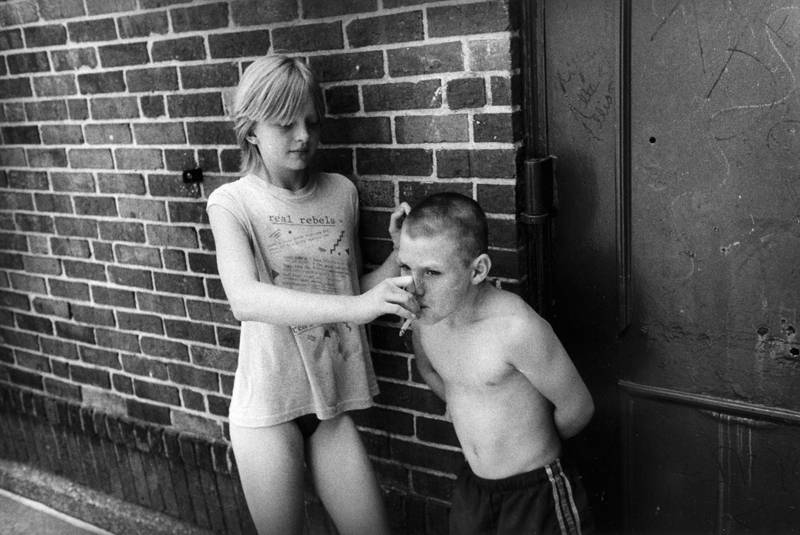USAToday | Eleven-year-old Sarai Camacho of Donna, Texas, tears up when she tells why her mother let go the baby sitter for her and her younger sister this summer. It's the same reason her father brought the family to Indiana so he could work the melon fields for a season.
"Last December, my mom didn't get paid for one month, and we started having problems," said Sarai, at Oaktown First Christian Church, which hosted free classes for children of migrant workers. "My mom said for us to come here (to the church) so she doesn't have to give money to the baby sitter because we're running out of it."
For churches, it's become an all-too-familiar sight: working families that aren't able to make ends meet. As household resources get tapped out, churches are often the first to see the changing face of poverty — and it's often a young one.
"We're seeing younger families come in," said Ken Campbell, food coordinator for Lazarus House, a Christian ministry to help the needy in Lawrence, Mass. "They're coming forward because one member in the household got laid off or had their hours cut, and now they're just barely making it."
Across the United States, rising numbers of children are coping with the stressors of economic hardship:
•Child poverty rates reached 22 percent in 2010, up from 20.7 percent in 2009 and 16.2 percent in 2000, according to a September report from the U.S. Census Bureau. Between 2000 and 2009, the number of children living in poverty increased from 13.1 million to 15.5 million, according to the Annie E. Casey Foundation.
•The Casey Foundation also reported that 4 percent of American children had been affected by home foreclosures since 2007, and 11 percent had at least one unemployed parent in 2010.
"Last December, my mom didn't get paid for one month, and we started having problems," said Sarai, at Oaktown First Christian Church, which hosted free classes for children of migrant workers. "My mom said for us to come here (to the church) so she doesn't have to give money to the baby sitter because we're running out of it."
For churches, it's become an all-too-familiar sight: working families that aren't able to make ends meet. As household resources get tapped out, churches are often the first to see the changing face of poverty — and it's often a young one.
"We're seeing younger families come in," said Ken Campbell, food coordinator for Lazarus House, a Christian ministry to help the needy in Lawrence, Mass. "They're coming forward because one member in the household got laid off or had their hours cut, and now they're just barely making it."
Across the United States, rising numbers of children are coping with the stressors of economic hardship:
•Child poverty rates reached 22 percent in 2010, up from 20.7 percent in 2009 and 16.2 percent in 2000, according to a September report from the U.S. Census Bureau. Between 2000 and 2009, the number of children living in poverty increased from 13.1 million to 15.5 million, according to the Annie E. Casey Foundation.
•The Casey Foundation also reported that 4 percent of American children had been affected by home foreclosures since 2007, and 11 percent had at least one unemployed parent in 2010.



1 comments:
It is getting harder to hide the pics of poor Euro-America (I hope that was a joint and not a cig.) that is for sure, and with the troops home, hmmm We know what happen in history when Vets get sick and tried about being sick and tried. The only problem this time around is where does it lean. Christopher Hitchen passed at 62. Interesting Anglo, and had a thing about POTUS Carter, and Arafat.
Post a Comment